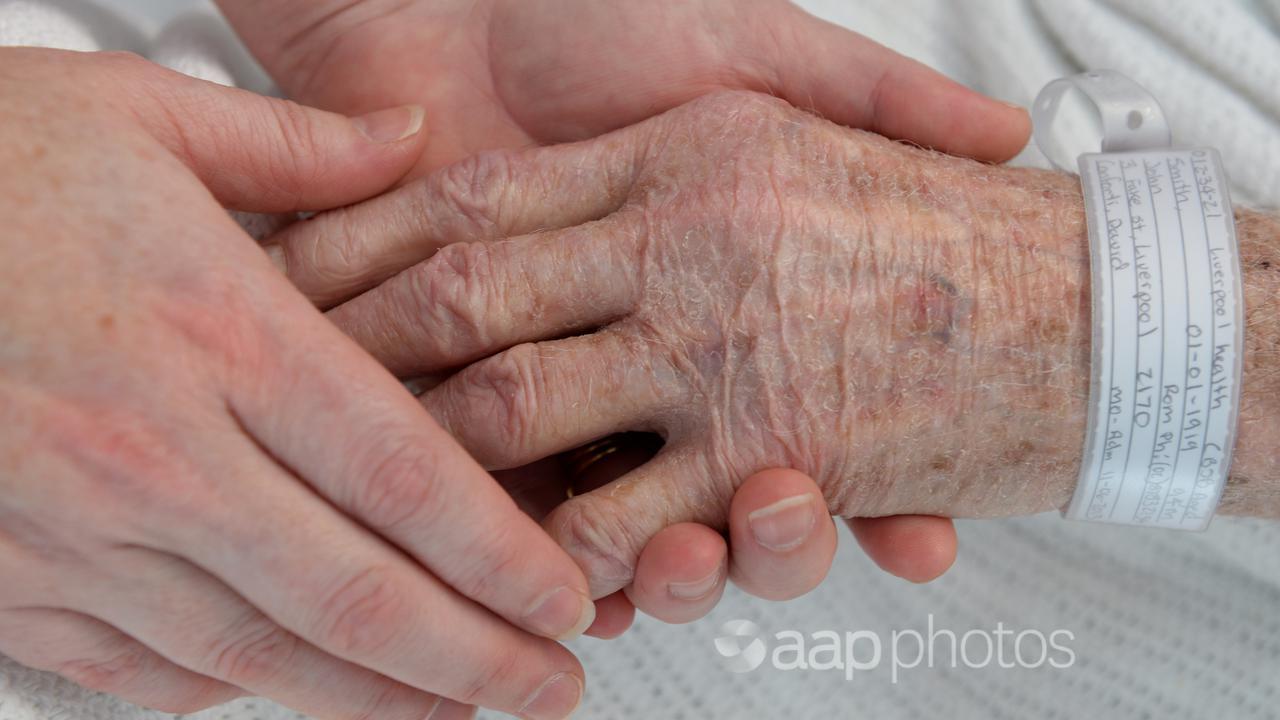Rather than spend what they save from upcoming tax cuts, most Australians plan to bank it or pay down debt.
Billed as the primary cost-of-living relief measure of the budget, the government’s stage-three package will be predominantly stashed rather than frittered away, according to a survey by National Australia Bank.
One in three Australians plan to save the windfall when the cuts, originally legislated a few years ago but reworked by the Albanese government earlier this year, kick in on July 1, the research shows.
Another 22 per cent of the 2000 people questioned said they would use it to pay down debt and 29 per cent said they hoped to put it towards essentials to offset the high cost of living.

NAB personal banking executive Paul Riley said only eight per cent said they would spend the extra cash on discretionary goods and services, which was “welcome news in the fight against inflation”.
“The money people expect to get back from stage three tax cuts will help supercharge their savings or rainy-day funds,” Mr Riley said.
The Albanese government’s federal budget on Tuesday is landing at a time of easing but still potent inflation, with some economists warning the government to tread carefully to avoid adding to the problem.
KPMG chief economist Brendan Rynne said it was important the government did not go into “expansion mode” in the budget.
“The Reserve Bank expressed clear concern at its press briefing last week that inflation is still not under control and that a lot of work is needed to bring it back to the target range,” Dr Rynne said.
“That task will be made much harder if government spending takes off again.”
The economist is forecasting a surplus of about $10 billion in 2023/24, in a “positive outlook for government finances” and larger deficits over the next four years as bolstered spending outpaces a $25 billion tax windfall.
Treasurer Jim Chalmers says his budget will balance near term inflationary pressures and the longer term need for economic growth.
“It will fight inflation without smashing into the economy,” he said on Friday.

Finance Minister Katy Gallagher joined the treasurer on Friday to spruik the government’s budget management, with a further $27.9 billion in savings found.
Reprioritisations within defence will produce $22.5 billion in savings, while the budget will gain an extra $1 billion from reduced spending on external labour such as consultants and contractors.
The budget will include $15.4 billion for “unavoidable” spending needed to keep critical programs going that are due to run out.
Among the measures are extending funding for palliative care and cancer supports, as well as the federal COVID response and boosting operations for myGov services.
Senator Gallagher said while the aim was to still provide a surplus, the funding cliff for key programs would mean a weaker-than-expected budget position in coming years compared to earlier forecasts.
“Australians expect a responsible government to identify sensible savings to reinvest in higher quality spending and keep existing programs in place to prevent any cuts to the services that Australians rely on,” she said.




















